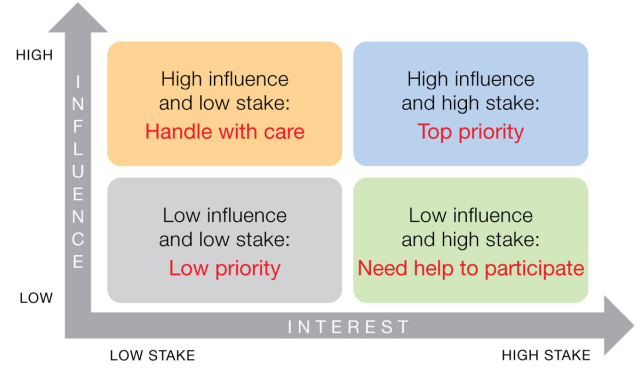By Kavita Dehalwar
Construction management at the site is a critical aspect of the construction industry, focusing on the meticulous planning, coordination, and supervision of a project from inception to completion. Effective site management ensures that projects are delivered on time, within budget, and to the required quality standards. Here, we delve into the key components and practices that make construction management at the site successful.

1. Pre-Construction Planning
Pre-construction planning sets the foundation for successful site management. It involves:
- Project Scope Definition: Clearly defining the project’s objectives, deliverables, and deadlines.
- Budgeting: Establishing a realistic budget considering all potential costs.
- Scheduling: Creating a detailed project schedule outlining all phases and milestones.
- Risk Assessment: Identifying potential risks and developing mitigation strategies.
2. Site Preparation
Proper site preparation ensures that the project starts on a solid footing. This includes:
- Site Surveys and Investigations: Conducting thorough surveys to understand site conditions.
- Clearing and Excavation: Preparing the site by clearing vegetation, debris, and excavating as needed.
- Setting Up Temporary Facilities: Establishing site offices, storage areas, and worker accommodations.
3. Resource Management
Efficient management of resources—human, material, and equipment—is vital. Key aspects include:
- Labor Management: Recruiting skilled labor and ensuring proper workforce allocation.
- Material Procurement: Timely procurement of quality materials to avoid delays.
- Equipment Management: Ensuring availability and proper maintenance of construction equipment.
4. Quality Control
Maintaining high-quality standards throughout the construction process is essential. This involves:
- Inspections and Testing: Regular inspections and testing of materials and workmanship.
- Compliance: Ensuring compliance with building codes, standards, and specifications.
- Documentation: Keeping detailed records of quality checks and corrective actions taken.
5. Safety Management
Safety is paramount in construction. Effective safety management includes:
- Safety Plans: Developing comprehensive safety plans and protocols.
- Training: Providing safety training for all site personnel.
- Monitoring: Continuous monitoring and enforcement of safety practices.
6. Communication and Coordination
Seamless communication and coordination among stakeholders are crucial. This can be achieved through:
- Regular Meetings: Conducting regular progress meetings with project teams and stakeholders.
- Reporting: Providing timely updates through detailed progress reports.
- Collaboration Tools: Utilizing modern collaboration tools and software for real-time communication.
7. Change Management
Construction projects often encounter changes due to various factors. Effective change management involves:
- Change Requests: Formalizing the process for requesting changes.
- Impact Analysis: Assessing the impact of changes on schedule, budget, and quality.
- Approval Process: Establishing a clear approval process for changes.
8. Progress Monitoring and Reporting
Continuous monitoring and reporting of project progress ensure that the project stays on track. Key practices include:
- Progress Tracking: Using project management software to track progress against the schedule.
- Performance Metrics: Monitoring key performance indicators (KPIs) to measure efficiency and productivity.
- Adjustments: Making necessary adjustments based on progress reports and feedback.
9. Completion and Handover
Successful completion and handover involve:
- Final Inspections: Conducting thorough inspections to ensure all work meets the required standards.
- Punch List: Creating a punch list of any outstanding items and ensuring their completion.
- Handover Documentation: Preparing and handing over all necessary documentation, including warranties, manuals, and as-built drawings.
10. Post-Construction Evaluation
Post-construction evaluation provides valuable insights for future projects. It involves:
- Lessons Learned: Conducting a review to capture lessons learned.
- Performance Review: Evaluating the performance of the project team and subcontractors.
- Client Feedback: Gathering feedback from the client to assess satisfaction and areas for improvement.
Conclusion
Effective construction management at the site is a multifaceted process that requires meticulous planning, resourcefulness, and a proactive approach to problem-solving. By adhering to best practices in site management, construction managers can ensure that projects are completed efficiently, safely, and to the highest quality standards, ultimately leading to successful project delivery and client satisfaction.


You must be logged in to post a comment.